Cornrows Vs. Dutch Braids: What Is The Difference?
Understand the difference between two braiding styles with this ultimate guide!
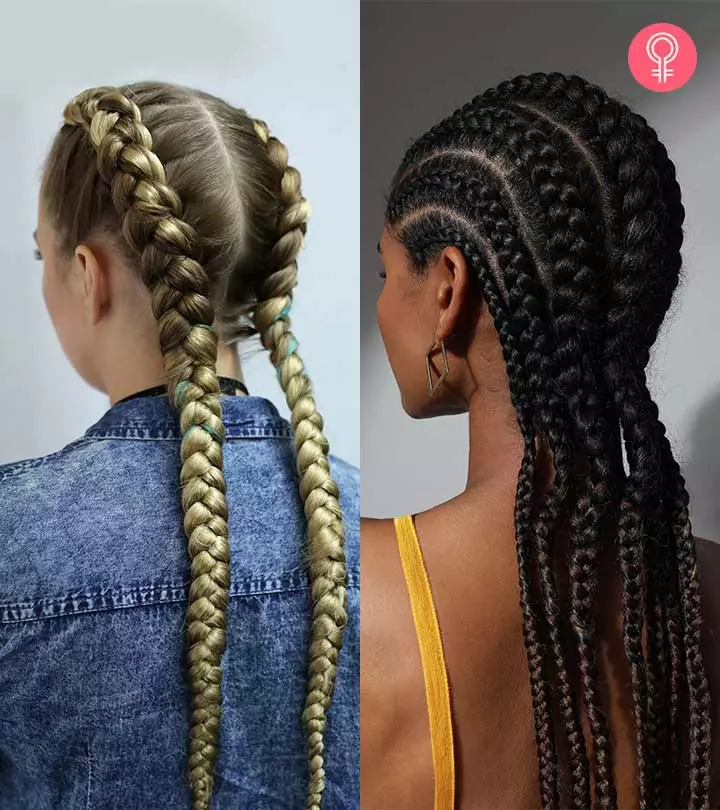
Image: StyleCraze Design Team
Cornrows vs Dutch braids – puzzled about which style would be suitable for you? While cornrows are traditionally connected with African culture, Dutch braids are known to have mixed cultural influences. These popular braiding techniques involve weaving strands of hair down the back of your head, but they differ in their methods and final look. Cornrows lie flat against the scalp, while Dutch braids stand out in a raised pattern. Knowing their unique attributes will help you choose the perfect braided hairstyle for different occasions. Explore the characteristics of each braiding style and learn about their differences to unlock the secrets to versatile and stylish hairdos. Scroll down to know more!
In This Article
What Are Dutch Braids?
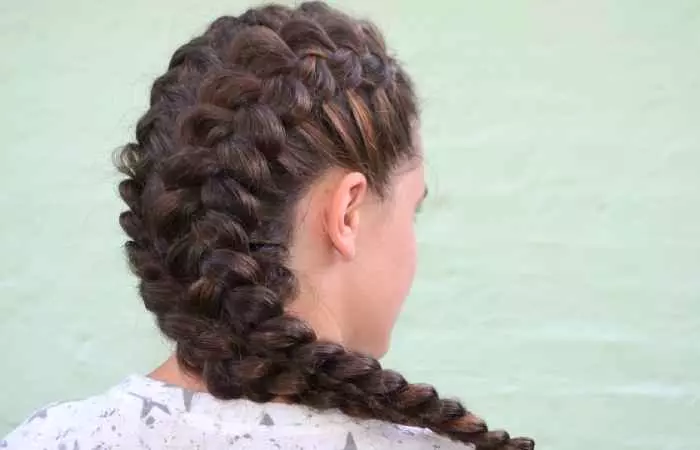
The Dutch braid hairstyle, also known as inverted French braids or inside-out braids, is stylish, practical, and characterized by three sections of hair braided intricately along the scalp. Unlike traditional braids, where sections cross over each other, Dutch braids involve weaving sections under one another, creating a raised, 3D effect. This technique results in a braid that appears to sit on top of the hair rather than blending in. Dutch braids are versatile and can be worn in various styles, from simple, sporty looks to elegant updos. They are favored for the neat and textured look they create. The Dutch braid hairstyles can be worn in different variations such as Dutch braided crowns, Dutch braid ponytails, mohawk Dutch braid, double Dutch braids, and side Dutch braids. These styles look ethereal and add a Victorian charm to the overall look. These braids are popular among athletes and individuals with active lifestyles for their durability and ability to keep hair secure during physical activities.
Isabel, a YouTuber, demonstrated how to achieve tight Dutch braids in the video. She said, “I love doing my hair like this, I do it all the time.” She also mentioned, “Whenever I do my hair like this, people will be like did you do that yourself and I’m like yeah it’s like the easiest thing. I do it all the time and it’s like so therapeutic for me (i).”
 Pro Tip
Pro TipTo appreciate the cultural significance of Dutch braids, it is vital to explore their origins and historical roots. Let’s learn where Dutch braids originated, uncovering the rich heritage behind this timeless hairstyle. Keep reading!
Key Takeaways
- Dutch braids involve weaving sections under each other, creating a raised, 3D effect, while cornrows are tightly braided close to the scalp in straight rows.
- Dutch braids work well on various hair lengths and textures, whereas cornrows are typically best suited for shorter to medium-length hair with tightly textured hair types.
- Dutch braids are often styled with two braids, while cornrows are usually styled in multiple rows, allowing for different looks and levels of intricacy.
- When deciding between cornrows and Dutch braids, consider factors like hair texture, personal style, and desired longevity, as each offers distinct advantages for different lifestyles and occasions.
Where Did Dutch Braids Originate?
View this post on Instagram
Dutch braids have a long history. While they are commonly associated with the Netherlands, their origin isn’t solely Dutch. Rather, it is believed that South African immigrants brought this hairstyle to the Netherlands. In South Africa, braiding hair was a common practice among African women to shield their hair from the sun’s damage. This suggests that Dutch braids likely evolved from a fusion of cultural influences over time.
Moving from the effortless chicness of the Dutch braids, let us now explore the whimsical allure of the cornrows. Check out the next section to find out everything you need to know about this style.
What Are Cornrows?
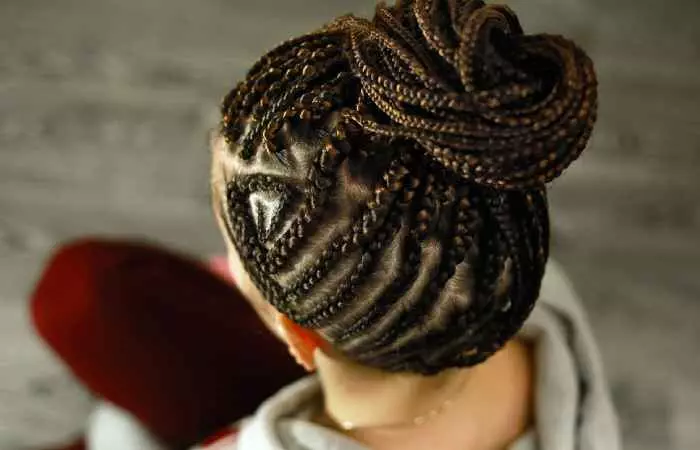
The cornrow braid hairstyle is a traditional African hairstyle where sections of hair are tightly braided close to the scalp, creating rows that resemble small, raised corn kernels. The process involves weaving three strands of hair together from the root to the tip in a neat and uniform pattern. Cornrows can be styled in various designs, from simple straight lines to intricate geometric shapes, and are often adorned with beads, shells, or other decorations for cultural significance or personal expression. This hairstyle is popular for its durability and low maintenance, making it a practical choice for individuals with active lifestyles or those looking for a long-lasting protective style. Additionally, cornrows are versatile and can serve as a foundation for other hairstyles like buns, ponytails, or extensions, allowing for endless creativity in hair styling.
Rekik N, a YouTuber, shared a tutorial on how to cornrow hair, offering step-by-step instructions. In the video, she said, “I like to make sure that the section I’m working with is as detangled as possible and I am working on blow-dried hair (ii).”
 Did You Know?
Did You Know?Having said that, let us delve into the rich cultural tapestry from which this iconic hairstyle emerged. Keep reading to explore the historical roots and cultural significance of cornrows to appreciate their enduring legacy.
Where Did Cornrow Braids Originate?
View this post on Instagram
Cornrow braids have a long history, starting in Africa thousands of years ago. They have been important in African culture for ages, as seen in ancient civilizations like the Nok in Nigeria and Egypt. People wore them as far back as 3000 BC, as shown in paintings on the Sahara’s Tassili plateau. These braids also appeared in Roman, Greek, and Middle Eastern cultures. They weren’t just trendy; they showed social status, tribe, age, and beliefs. Different tribes and regions had their styles. Today, cornrows are popular worldwide.
Now that you have learned all about hairstyles, check out the intricate differences to appreciate the diverse beauty and versatility of these popular braiding styles.
Difference Between Dutch Braids And Cornrows
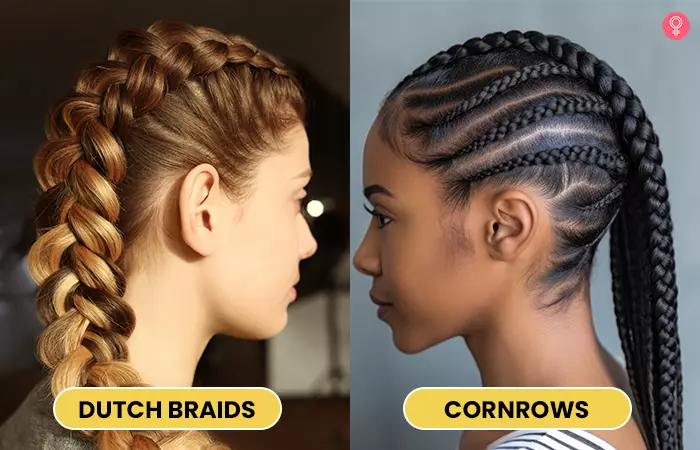
Here is a breakdown of the differences between Dutch and cornrow types of braids.
Braiding Technique
Dutch braids involve braiding the hair by crossing sections under each other, creating a raised, 3D effect. The strands are woven under one another rather than over, resulting in a braid that appears to sit on top of the head.
Cornrows are braids that are tightly braided to the scalp in a straight line, usually in rows close to each other. The braiding technique involves adding small sections of hair to each braid as you move along the scalp.
Hair Length And Type
Dutch braids work well on various hair lengths and textures, but they tend to be more prominent and easier to achieve on longer hair.
Cornrows are typically best suited for shorter to medium-length hair and work well with coarse or tightly textured hair types.
Number Of Braids For Styling
Dutch braids are often styled with two braids, one on each side of the head, though they can also be styled with more or less depending on preference.
Cornrows are usually styled in multiple rows, ranging from a few rows to many, depending on the desired look you want to go for.
Longevity
Dutch braids can last for several days with proper care, but they may loosen over time due to the weaving technique.
Cornrows can last longer than Dutch braids, often staying intact for a week or more if maintained properly due to their close-to-the-scalp style.
Cost
Dutch braids are generally less expensive than cornrows since they require less time and more intricacy to create.
Cornrows can be more costly due to the time and skill required to braid the hair closely to the scalp and create intricate patterns.
If you are still wondering which one you should get, then scroll down to the next section.
Cornrows Vs. Dutch Braids – Which Ones Should You Get?

Deciding between cornrows and Dutch braids depends on various factors like your hair texture, personal style, and the occasion. Cornrows offer a sleek, close-to-the-scalp look, great for active lifestyles or when you want a longer-lasting style. On the other hand, Dutch braids stand out with their raised appearance, adding volume and texture to your hair. They are versatile and can be styled in various ways. Consider your preferences and needs to choose the best option for you.
And now you must be curious about how to care for them to maintain their longevity and style. Take a look at the effective tips on caring for Dutch braid hairstyles in the section below.
How To Take Care Of Dutch Braids
View this post on Instagram
Taking care of Dutch braids is essential to maintain their appearance and keep your hair healthy. Here is a guide on how to do it:
- Keep Them Dry: Avoid getting your Dutch braids wet, especially at the roots, to prevent frizz and slippage. If you need to shower, wear a shower cap to protect your braids.
- Moisturize Your Scalp: Use a lightweight oil or moisturizer to hydrate your scalp. Apply it directly to your scalp and massage gently to stimulate blood flow and nourish your hair follicles.
- Protect Your Edges: Be gentle when styling your hair and avoid pulling too tightly on the edges to prevent hair breakage and traction alopecia. Additionally, do not braid too tight to prevent straining your scalp. Use a soft-bristled brush or your fingers to smooth down the flyaways.
- Wrap Your Hair At Night: Use a satin or silk scarf or bonnet to wrap your hair at night to prevent friction and maintain the shape of your braids. You can also use a silk pillowcase to avoid friction.
- Cleanse Your Scalp: It is essential to keep your scalp clean to prevent buildup and maintain healthy hair growth. Use a diluted shampoo or a cleansing spray specifically designed for braided hairstyles to cleanse your scalp without disturbing your braids.
- Avoid Excessive Manipulation: Try not to touch or play with your braids too often, as this can cause frizz and disrupt the braiding pattern. If you need to adjust them, do so gently and sparingly.
- Refresh Your Edges: If your edges start to loosen or become frizzy, you can use a little edge control gel or pomade to smooth them down and maintain a neat appearance.
- Keep Them In For A Reasonable Time: While Dutch braids can last for several days, it is essential not to keep them in for too long to prevent the matting and tangling of your hair. Aim to remove them after about two weeks or when you notice significant signs of wear.
Proper care for cornrows is also vital to ensure their longevity and keep your hair and scalp healthy. Learn effective techniques and tips on caring for cornrows to maintain their neat appearance and prevent any discomfort or damage. Keep scrolling!
How To Take Care Of Cornrows
View this post on Instagram
Caring for cornrows is crucial to maintaining their appearance and the health of your hair and scalp. Here is a comprehensive guide on how to take care of cornrows:
- Keep Your Scalp Clean: It is important to maintain a clean scalp to prevent product buildup, itching, and irritation. Dilute shampoo with water and apply it directly to your scalp, gently massaging with your fingertips. Rinse thoroughly, ensuring no residue is left behind.
- Moisturize Your Scalp: After washing your hair, apply a lightweight moisturizer or oil to your scalp to keep it hydrated and nourished. Focus on the areas between the cornrows to prevent dryness and flakiness.
- Protect Your Hair At Night: Wear a satin or silk scarf or bonnet to bed to protect your cornrows from friction and maintain their neatness. Alternatively, use a satin or silk pillowcase to reduce friction and prevent frizz.
- Avoid Excessive Tension: Cornrows can sometimes be braided too tightly, leading to discomfort and potential damage to your hair follicles. Ensure that your cornrows are not too tight and avoid hairstyles that pull on your edges excessively.
- Be Gentle When Styling: When styling your cornrows, avoid pulling or tugging on them too forcefully, as this can cause breakage and damage. Use a soft-bristled brush or your fingers to smooth down any flyaways or frizz.
- Protect Your Hair From The Elements: If you will be exposed to the sun for an extended period, consider wearing a hat or applying a leave-in conditioner with UV protection to shield your hair from sun damage. Additionally, protect your hair from harsh weather conditions like wind and cold temperatures.
- Keep Them In For A Reasonable Time: While cornrows can last for several weeks, it’s essential not to keep them in for too long to prevent the matting and tangling of your hair. Aim to remove them after about 6-8 weeks or when you notice significant signs of wear.
- Refresh Your Edges: If your edges start to loosen or become frizzy, you can use a small amount of edge control gel or pomade to smooth them down and maintain a neat appearance.
Deciding between cornrows and Dutch braids depends on various factors like your hair texture, personal style, and the occasion. Cornrows offer a sleek, close-to-the-scalp look, great for active lifestyles or when you want a longer-lasting style. On the other hand, Dutch braids stand out with their raised appearance, adding volume and texture to your hair. Popular hairstylist, Jessica Shults, defines the modish hairdos as, “… neat and precise gridlines on a map, closely braided to the scalp in straight or intricate patterns, while Dutch braids are more like rolling country roads-elevated, soft, and full of texture, standing proudly above the scalp. One says sleek and timeless; the other says casual and playful!” Both hairstyles are versatile and can be styled in various ways. Consider your preferences and needs to choose the best option for you. Taking care of both styles is crucial to maintaining their appearance and keeping your hair healthy, so be sure to follow the recommended care tips for each.
Frequently Asked Questions
Which one is more protective for my hair between cornrows and Dutch braids?
Both cornrows and Dutch braids can be protective styles for hair, but Dutch braids distribute the tension all over the scalp due to their inverted weaving technique, potentially reducing strain on individual strands. However, your hair texture and styling preferences should be considered for optimal protection and comfort.
Can I do Dutch Braids on my short hair?
Yes, you can do Dutch braids on short hair, although the length and thickness of your hair may affect the size and appearance of the braids. Smaller sections and tighter weaving can help achieve Dutch braids on shorter hair lengths.
Do Cornrows damage my hair?
Cornrows may potentially cause hair damage if done too tightly or if left in for extended periods, leading to traction alopecia or breakage along the hairline (1). Proper technique, gentle handling, and avoiding excessive tension may help mitigate the risk of damage.
Explore braiding mastery as the video unravels the secrets of Dutch braiding and cornrowing natural hair. Learn the techniques to create stunning and intricate styles. Watch now and elevate your braiding game!
Personal Experience: Source
StyleCraze's articles are interwoven with authentic personal narratives that provide depth and resonance to our content. Below are the sources of the personal accounts referenced in this article.
(i) PERFECT, TIGHT DUTCH BRAIDShttps://www.youtube.com/watch?v=4dm8e1B-gDE
(ii) How To: Cornrow Your Own Hair | For Beginners
https://www.youtube.com/watch?v=6jWKUJrpR0Q
References
Articles on StyleCraze are backed by verified information from peer-reviewed and academic research papers, reputed organizations, research institutions, and medical associations to ensure accuracy and relevance. Read our editorial policy to learn more.
- Traction Alopecia
https://www.ncbi.nlm.nih.gov/books/NBK470434/
Read full bio of Jessica Shults
Read full bio of Pahul Nanra
Read full bio of Asmita De
Read full bio of Shreya Mukherjee






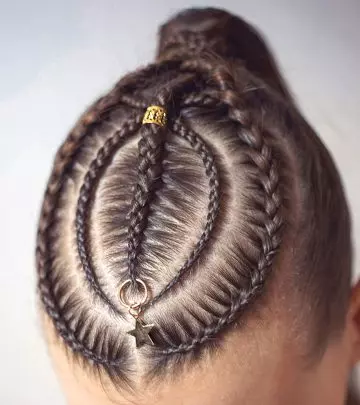
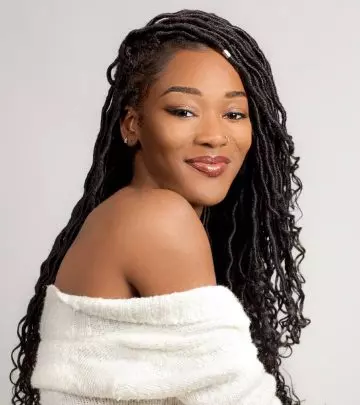
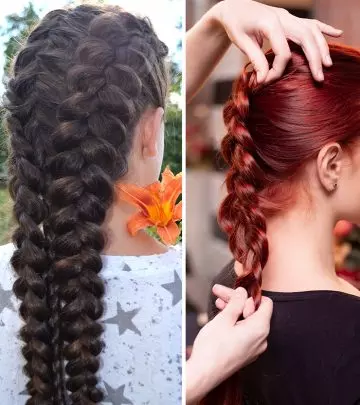
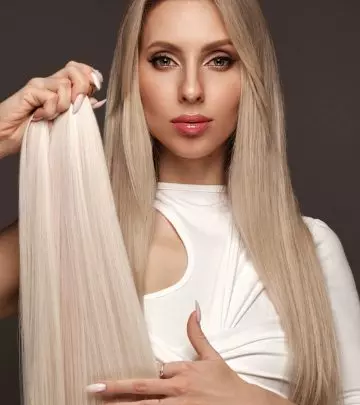

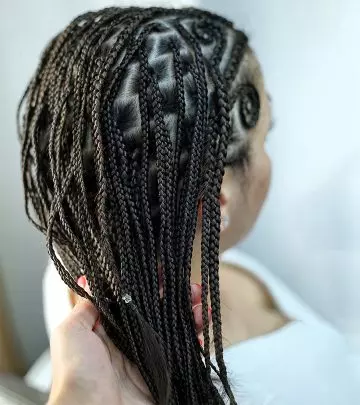
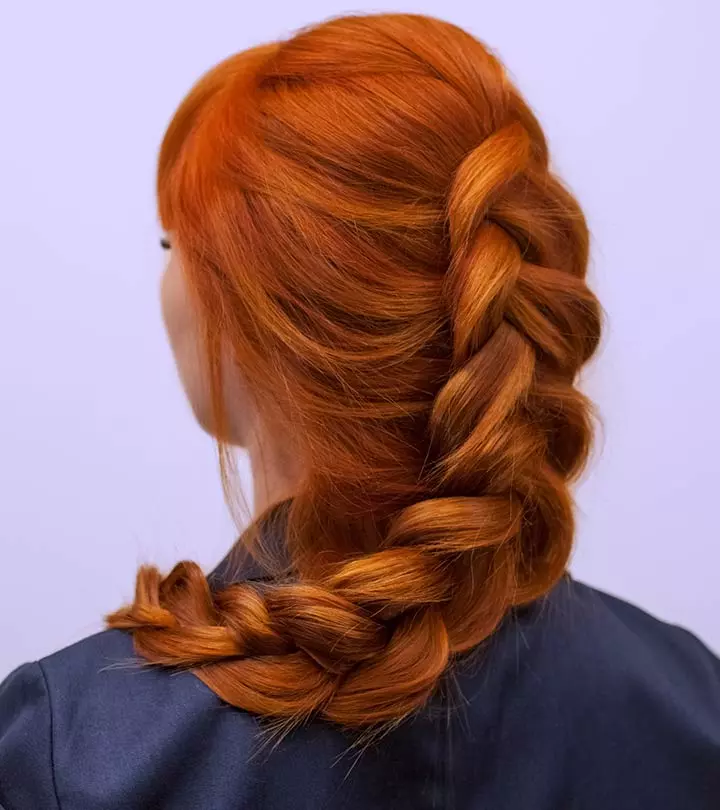
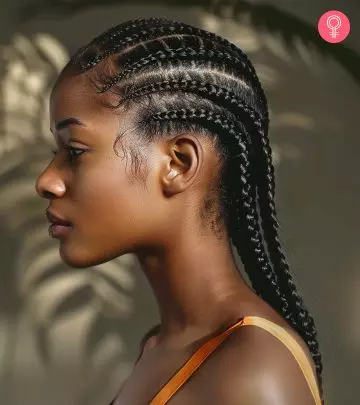





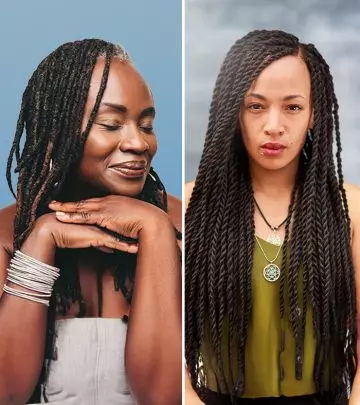

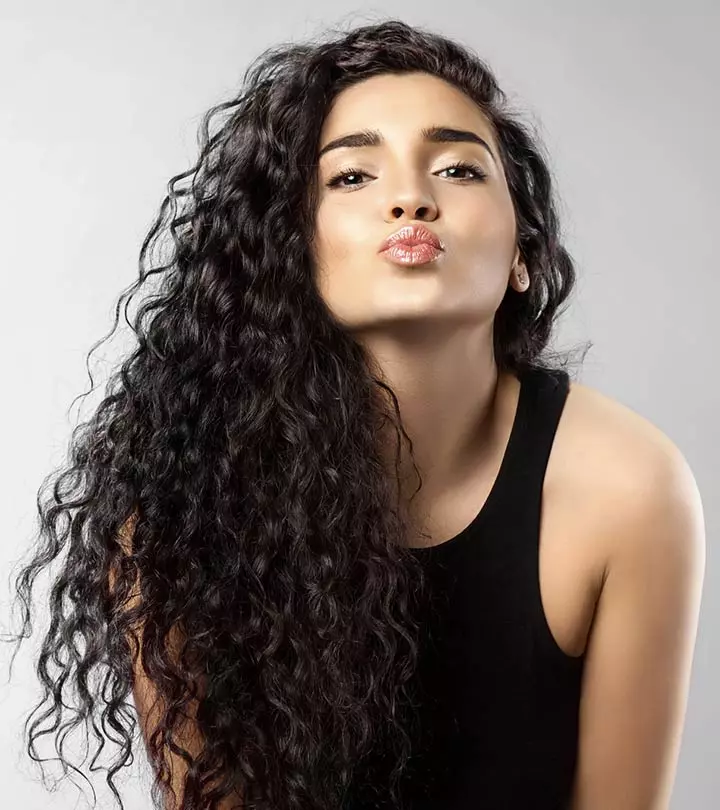
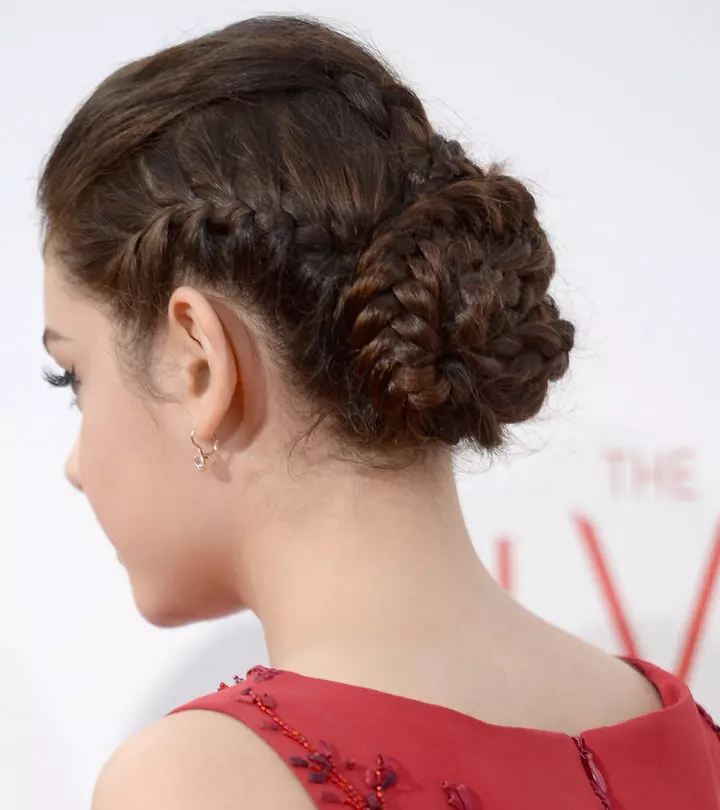




Community Experiences
Join the conversation and become a part of our empowering community! Share your stories, experiences, and insights to connect with other beauty, lifestyle, and health enthusiasts.